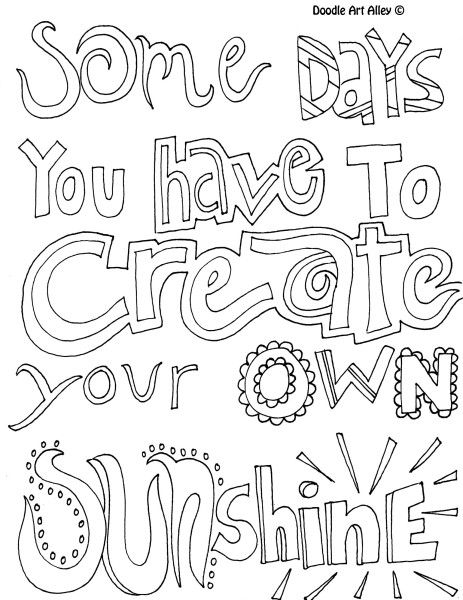


Visual memory is essential in reading and writing, but it is also important for completing tasks like Christmas I Spy in an efficient way.Īs the students begin to work, they will be using their visual memory and scanning skills together to recall where they have seen each picture. Visual memory is the ability to retain and recall visual information. This activity is also great for addressing visual memory. The students can circle each picture working on their fine motor dexterity skills or they could color each small picture. This is a strategy you can teach them to support their visual discrimination skills. Encourage your students to use a different color for each picture they find. Using their visual discrimination skills, ask your students to identify each of the pictures at the bottom. Support Visual Skills with a Christmas I Spy Then, focus their attention to the bottom of the page to the pictures they will look for during the activity. You can begin using this worksheet with your students by asking them to name some of the pictures they see on the page. There are many components of visual perception that play a role in our student’s performance at school, but this activity primarily addresses visual discrimination and visual memory. Visual perceptual skills are foundational to reading and writing. Some of the skills addressed with Christmas I Spy will target the components of visual perceptual skills. The best part of this worksheet is that it can target so many skills at once! These are just a few ways to incorporate speech and language skills into a fun-filled, family activity.It’s the busiest time of the year and this Christmas I Spy is a no prep printable you can take from the printer right to your therapy sessions with your students. Conversation: discuss each item in detail within spontaneous conversation.Self-generated sentence level: have your child create their own sentence about the item pictured.Sentence level: create a carrier phrase to produce each item in (I spy with my little eyes…).Phrase level: create a carrier phrase to produce each item pictured in (spy…).Language expansion using carrier phrases.Verbs (ex: describing what actions or functions items have).Adjectives (ex: describing what items look/taste/feel like).Using descriptive language to describe what you see:.Shapes (ex: circular, rectangular, etc.).Following directions incorporating basic concepts:.Paper Trail Designs has numerous options, including Harry Potter, Outer Space, Mermaids, Pirates, Music, Animals, and a lot more. Use the speech and language targets below to create your own “I Spy” fun using any of the printables available. Example: If the target sound is “P,” target building from the word level to the sentence level. Point to the pineapple next to a strawberry. Example: I spy a pineapple next to a strawberry. Describe (expressive language) or point (receptive language) to the location (using prepositions) of a fruit or veggie.Talk about the taste/texture/smell/color of each fruit and veggie to target modifiers/adjectives.You can also practice accessing these carrier phrases on an augmentative communication (AAC) devices. Build language using carrier phrases: “I see/spy _.” Fill in the blank with fruits & veggies pictured.Here’s are a few examples of how you can use the “fruits and veggies” printable shown above: Because many of us are spending more time at home this summer, this printable version can be played anywhere! Many of us are familiar with the traditional guessing game “I Spy” played as a car game (“I spy with my little eye something beginning with the letter…”), which is a good option for working on speech and language.
Make your own eyespy page free#
Paper Trail Designs has many free “I Spy” printables that can be used to work on your child’s speech and language goals, while also channeling your child’s inner creativity. Looking for free, fun, and educational entertainment this summer?



 0 kommentar(er)
0 kommentar(er)
